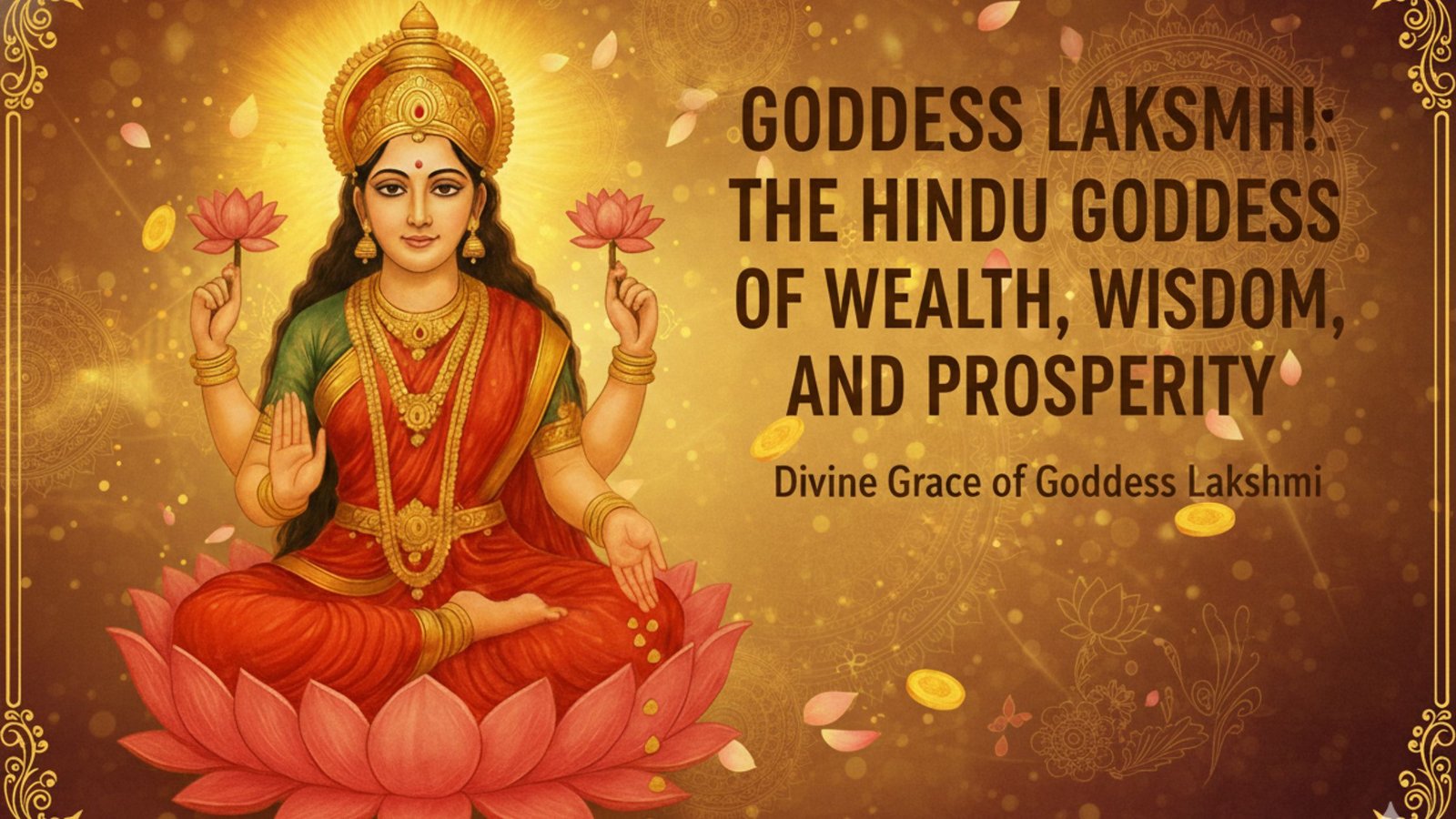The Bhagavad Gita is one of the most revered spiritual texts in the world. Written thousands of years ago, it continues to guide millions through life’s most challenging questions. At its heart lies Geeta Saar the essence of the Gita a distilled version of Lord Krishna’s teachings to Arjuna on the battlefield of Kurukshetra.
But what makes Geeta Saar so powerful? Why do people across cultures, religions, and generations turn to it for clarity, peace, and purpose?
Geeta Saar isn’t just philosophy. It’s a practical guide to living with courage, compassion, and conviction. Whether you’re facing personal loss, career confusion, or emotional turmoil, its teachings offer answers that feel surprisingly relevant today.
In this post, we’ll explore what Geeta Saar means, break down its core teachings, and show you how to apply its wisdom in everyday life. You’ll also find powerful quotes, life lessons, and a dual English-Hindi summary to deepen your understanding.
What is Geeta Saar?
Geeta Saar means “the essence of the Bhagavad Gita.” It’s a summary of the key teachings found in the 700 verses (shlokas) of the Gita, which is part of the ancient Indian epic, the Mahabharata.
The Bhagavad Gita is a conversation between Lord Krishna and Arjuna, a warrior prince paralyzed by doubt on the eve of a great battle. Arjuna is torn between duty and emotion, unsure whether to fight his own relatives. Krishna’s response forms the spiritual foundation of the Gita and the core of Geeta Saar.
The purpose of Geeta Saar is to make this profound wisdom accessible. Not everyone has the time or background to study all 18 chapters of the Gita. That’s where Geeta Saar comes in. It captures the most important lessons in a way that’s easy to understand and apply.
Why Summarize the Bhagavad Gita?
The Bhagavad Gita addresses universal human struggles: fear, doubt, desire, duty, and the search for meaning. By summarizing it into Geeta Saar, we preserve its transformative power while making it easier for modern readers to absorb and act on.
The Core Teachings of Geeta Saar

Geeta Saar revolves around five central ideas. Each one offers a shift in perspective that can change how you approach life.
1. Do Your Duty Without Attachment to Results (Karma Yoga)
Krishna tells Arjuna that his job is to act, not to control outcomes. This is the principle of Karma Yoga selfless action.
You have the right to perform your duties, but you are not entitled to the fruits of your actions. Focus on doing your best and let go of the rest. This teaching frees you from anxiety and helps you stay present.
2. Stay Calm in Success and Failure
Krishna introduces the concept of equanimity: treat success and failure with the same balanced mindset.
“Samatvam Yoga Uchyate” Yoga is equanimity.
When you stop being swayed by highs and lows, you gain inner stability. This doesn’t mean you stop caring. It means you stop being controlled by circumstances.
3. The Soul is Immortal
One of the most comforting teachings in Geeta Saar is that the Atman (soul) is eternal. It cannot be destroyed, burned, or harmed.
“The soul is neither born, nor does it die.”
This shifts your perspective on life and death. You are not just your body or your mind. You are something deeper, something that transcends time.
4. Control Your Mind and Desires
Krishna emphasizes the importance of self-discipline. The mind is powerful, but it can also be restless and destructive if left unchecked.
Mastering your thoughts and desires leads to peace. Letting them control you leads to suffering.
5. See God in Everyone and Act with Compassion
Krishna teaches that divinity exists in all beings. When you see the world through this lens, compassion becomes natural.
Treating others with kindness isn’t just morally right it’s spiritually intelligent.
Geeta Saar in Simple Words
At its simplest, Geeta Saar teaches you to:
- Do your work honestly, without worrying about success or failure.
- Stay mentally strong, no matter what happens.
- Know that your true self is beyond the body, so fear and loss are temporary.
- Control your mind instead of letting it control you.
- Treat everyone with respect and love, because we’re all connected.
One of the most famous lines from Geeta Saar is often quoted in Hindi:
“जो हुआ, अच्छा हुआ; जो हो रहा है, अच्छा हो रहा है; जो होगा, वह भी अच्छा ही होगा।”
Translation:
“What happened was good. What is happening is good. What will happen will also be good.”
This doesn’t mean everything in life is pleasant. It means that every experience good or bad serves a purpose in your growth. Trusting this brings peace.
Life Lessons from Geeta Saar
Geeta Saar isn’t meant to stay on a bookshelf. Its real value shows up when you apply it to daily life.
Managing Stress and Pressure
When you focus only on what you can control your actions you stop stressing about things outside your control. This mindset reduces anxiety and increases productivity.
Staying Positive and Calm
Equanimity helps you ride the waves of life without being thrown off balance. You become more resilient and less reactive.
Building Discipline and Purpose
Understanding your duty (dharma) gives you clarity. You stop wasting time on distractions and start moving toward what truly matters.
Overcoming Fear and Doubt
Knowing that your soul is eternal takes the sting out of fear. You begin to see challenges as opportunities for growth, not threats to avoid.
Living a Balanced Life
Geeta Saar encourages moderation. It’s not about giving up everything or indulging in everything. It’s about finding balance between work and rest, action and reflection, ambition and contentment.
Geeta Saar and Modern Life
You might wonder: How does a text from ancient India apply to today’s world?
The answer is simple. Human emotions haven’t changed. We still struggle with confusion, fear, ambition, and loss. We still want meaning, peace, and purpose.
Geeta Saar speaks to those timeless struggles.
Career and Success
In a world obsessed with outcomes, Geeta Saar reminds you to focus on effort, not just results. This reduces burnout and helps you enjoy the process.
Relationships
By teaching compassion and detachment, Geeta Saar helps you love without clinging, and care without losing yourself.
Personal Growth
Self-awareness and self-discipline are at the heart of the Gita. These are also the foundation of any meaningful personal transformation.
Many leaders and thinkers have drawn inspiration from the Bhagavad Gita. Mahatma Gandhi called it his “spiritual dictionary.” Swami Vivekananda used it to fuel his mission of service. Even modern entrepreneurs and psychologists reference its teachings on mindfulness and detachment.
Geeta Saar in English and Hindi
Here’s a short, dual-language summary of Geeta Saar to help you grasp its essence quickly.
English Version
The Bhagavad Gita teaches us to perform our duties without attachment to outcomes. It reminds us that the soul is eternal and that success and failure are temporary. By controlling the mind, practicing compassion, and acting selflessly, we can achieve inner peace and live a purposeful life.
Hindi Version
भगवद गीता हमें सिखाती है कि हमें अपने कर्म करने चाहिए, लेकिन फल की इच्छा नहीं रखनी चाहिए। आत्मा अमर है, और सफलता-असफलता अस्थायी हैं। मन को नियंत्रित करके, दया दिखाकर, और निस्वार्थ भाव से कार्य करके हम शांति और उद्देश्यपूर्ण जीवन पा सकते हैं।
Geeta Saar Quotes
Here are some of the most powerful quotes from the Bhagavad Gita that capture the essence of Geeta Saar.
English Quotes
- “You have the right to work, but never to the fruit of work.”
Meaning: Focus on your effort, not the reward. - “The soul is neither born, and nor does it die.”
Meaning: Your true self is eternal and unchanging. - “A person who is not disturbed by happiness and distress is fit for liberation.”
Meaning: Emotional balance leads to spiritual freedom. - “Set thy heart upon thy work, but never on its reward.”
Meaning: Do your best without being attached to outcomes. - “Change is the law of the universe.”
Meaning: Accept that nothing stays the same.
Hindi Quotes
- “कर्मण्येवाधिकारस्ते मा फलेषु कदाचन।”
Translation: You have a right to perform your duties, but not to the fruits of your actions. - “योगस्थः कुरु कर्माणि।”
Translation: Established in yoga, perform your actions. - “समत्वं योग उच्यते।”
Translation: Equanimity is called yoga. - “न जायते म्रियते वा कदाचित्।”
Translation: The soul is never born, nor does it die. - “यदा यदा हि धर्मस्य ग्लानिर्भवति भारत।”
Translation: Whenever there is a decline in righteousness, I manifest myself.
Importance of Reading and Understanding Geeta Saar
Everyone should read Geeta Saar at least once. You don’t need to be religious or spiritual to benefit from it. Its teachings are universal.
Benefits of Geeta Saar
- Inner Peace: It helps you let go of worry and find calm.
- Mental Clarity: It gives you a framework for making decisions.
- Emotional Strength: It teaches resilience in the face of hardship.
- Spiritual Growth: It encourages self-awareness and compassion.
Reading Geeta Saar can shift your mindset from reactive to reflective. It replaces fear with faith and confusion with clarity.
Embrace the Eternal Message of Geeta Saar
Geeta Saar is more than a summary of ancient scripture. It’s a roadmap for living with intention, courage, and grace.
Whether you’re navigating career challenges, personal relationships, or existential questions, the teachings of Lord Krishna offer guidance that’s both practical and profound.
Start by applying just one lesson. Focus on your actions, not outcomes. Stay calm in success and failure. Remember that you are more than your circumstances.
These small shifts can lead to big transformations.
If you’ve never read the Bhagavad Gita, Geeta Saar is the perfect starting point. And if you have, revisiting its core teachings can reignite your sense of purpose.
The wisdom is timeless. The choice to apply it is yours.
FAQs
What is the meaning of Geeta Saar?
Geeta Saar means the essence or summary of the Bhagavad Gita. It distills the key teachings of Lord Krishna into simple, actionable wisdom.
Who gave the teachings of Geeta Saar?
Lord Krishna gave the teachings to Arjuna on the battlefield of Kurukshetra, as recorded in the Bhagavad Gita.
How many shlokas are in Bhagavad Gita?
The Bhagavad Gita contains 700 shlokas (verses) spread across 18 chapters.
What is the main message of Geeta Saar?
The main message is to perform your duties without attachment to results, stay calm in success and failure, and realize the eternal nature of the soul.
How can I apply Geeta Saar in real life?
Focus on your actions, not outcomes. Practice equanimity. Control your mind and desires. Treat others with compassion.
Is Geeta Saar relevant to all religions?
Yes. The teachings of Geeta Saar are universal and can be applied by anyone, regardless of religious background.










